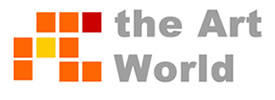What if the end of the world was strangely beautiful?
There’s something poetically cinematic to post-apocalyptic worlds. Ivy-covered, rusted amusement parks. Cracked-open skyscrapers like fossils. Acid rain pouring over bioluminescent fungi. Whether it’s in the style of movies like Annihilation, video games like The Last of Us, or dystopian anime, the apocalypse has its own aesthetic poetry—and designers are embracing that dark beauty.
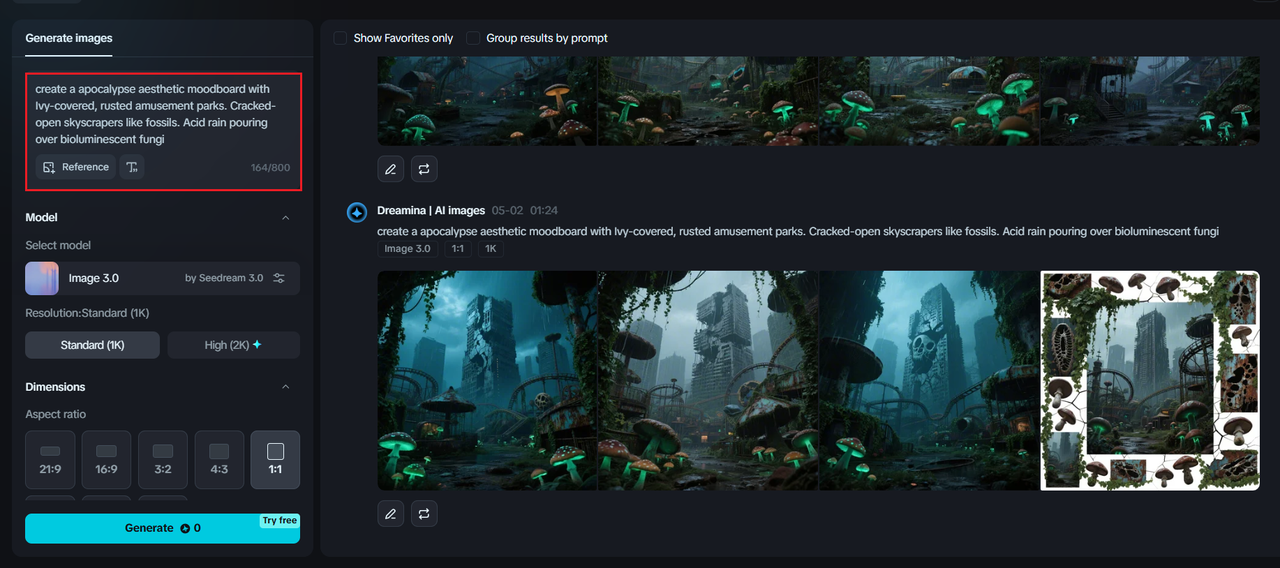
With Dreamina’s AI image generator, designing your end-of-the-world moodboard isn’t a matter of stocking a bunker with provisions—only a prompt and an imagination. Let’s dive into how to imagine ruin, rot, and otherworldly survival with an AI-assisted style.
Concrete Jungles Turned Wild
Nature takes back more quickly than we realize. In post-apocalyptic design, urban blight is a verdant canvas for green anarchy.
-
Ivy-choked skylines: Envision a fallen skyscraper with vines spilling through broken windows, forming a vertical garden in mid-air.
-
Moss-runway metros: Dismantled subway tunnels coated in green haze and glowing fungal growth, their rats having been transformed into neon-pelted scavengers.
-
Overgrown stadiums: A ruined football pitch redeveloped into a wild dog or mutated deer grazing area.

These images evoke a mood that’s devastating yet serene—a peaceful after the storm of civilization. With an image generator, you can turn these textures into reality, whether you’re creating a game level, a novel’s moodboard, or a survival fashion editorial.
Ash-toned Clouds and Acid Raincore
Apocalypse color isn’t lost—it’s just distorted. Post-human earth’s color palette is dominated by grays, smoldering oranges, and glowing purples.
-
Smog sunsets: Muted oranges filtered through thick clouds of dust. Think Blade Runner meets Pompeii.
-
Oil-slick raincoats: Futuristic streetwear for acid rains, with protective textiles that shimmer in rainbow sheens.
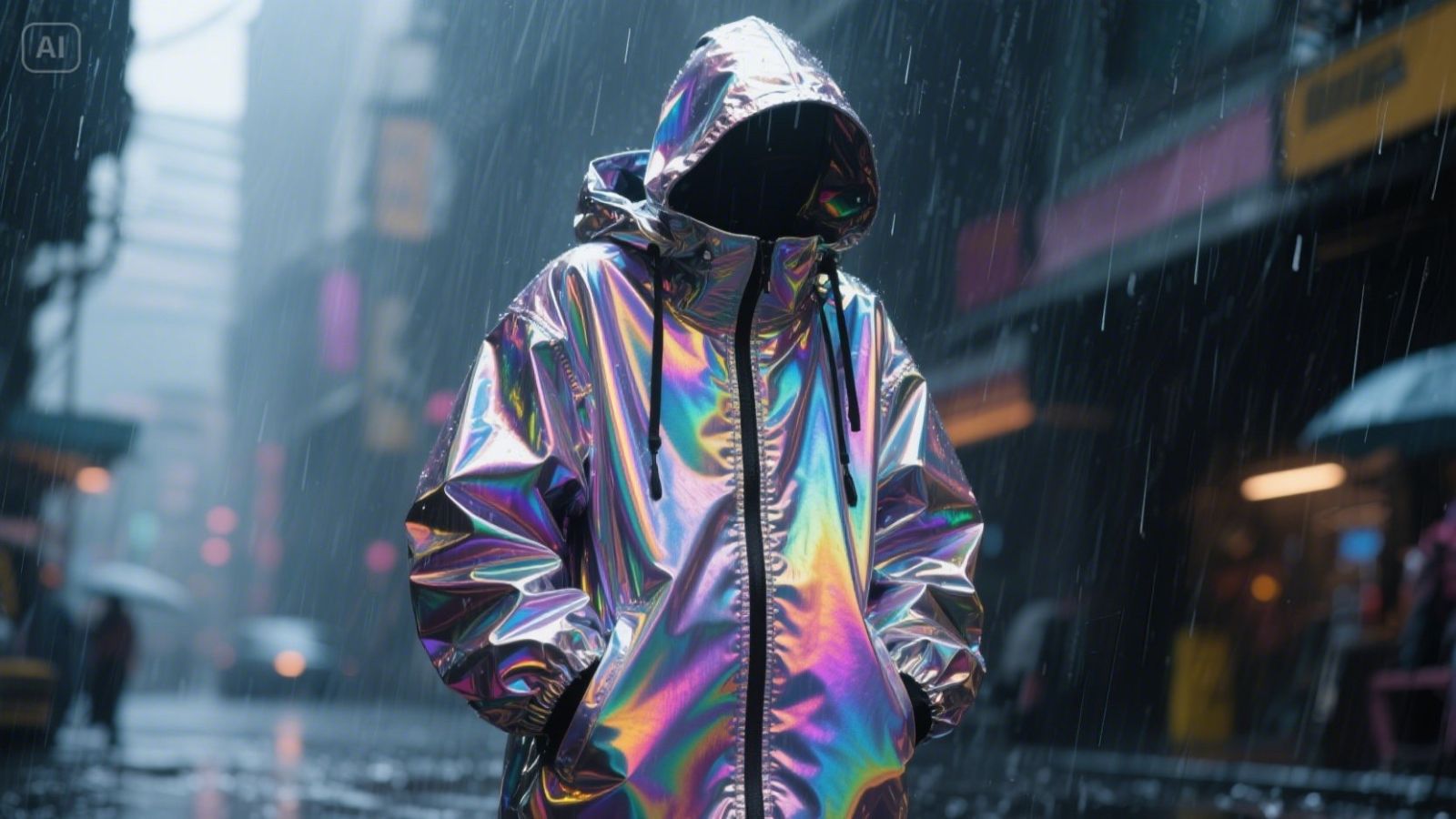
-
Chromatic corrosion: Rusted vehicles and signs where paint peels into psychedelic patterns, resembling abstract art in the ruins.
These atmospheric color cues help build a visual identity for your end-world setting. Pairing subtle hues with unexpected material shine creates that dystopian-meets-design-magazine vibe.
Fashion Post-apocalypse
Survival and style collide in ways both stranger and more wonderful than anyone could have imagined in a world with no power grid to speak of and no production lines.
-
Scrap couture: Garments crafted from melted street signs, denim fashioned from ripped-up flags, or beaded and feathered gas masks.
-
Tactical layering: Capes fashioned from blankets, tire-tread gloves, metal-plated boots—each with functionality and backstory.
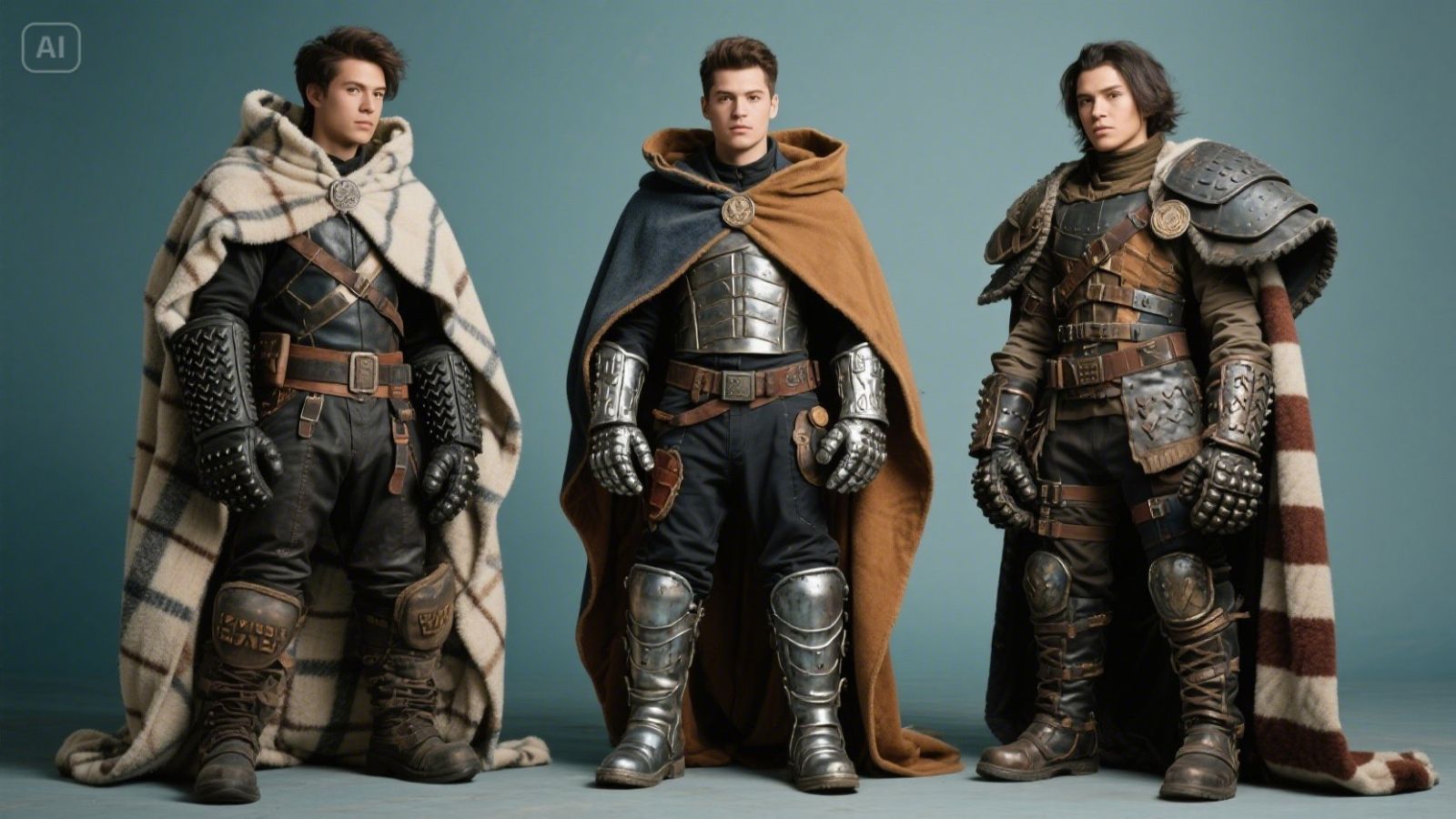
-
Identity tokens: Survivors may adorn themselves with remnants of the pre-crash world—train tickets, shattered watch faces, locket pendants—as insignia or badges.
This lookbook of circumstance becomes eerily expressive. Even in ruin, individuals broadcast their identity via apparel. These moments are ideal for converting into branding ideas with Dreamina’s AI logo generator, such as an icon of a rebellion insignia crafted out of mangled metal or a survivalist emblem branded into the casing of a bullet.
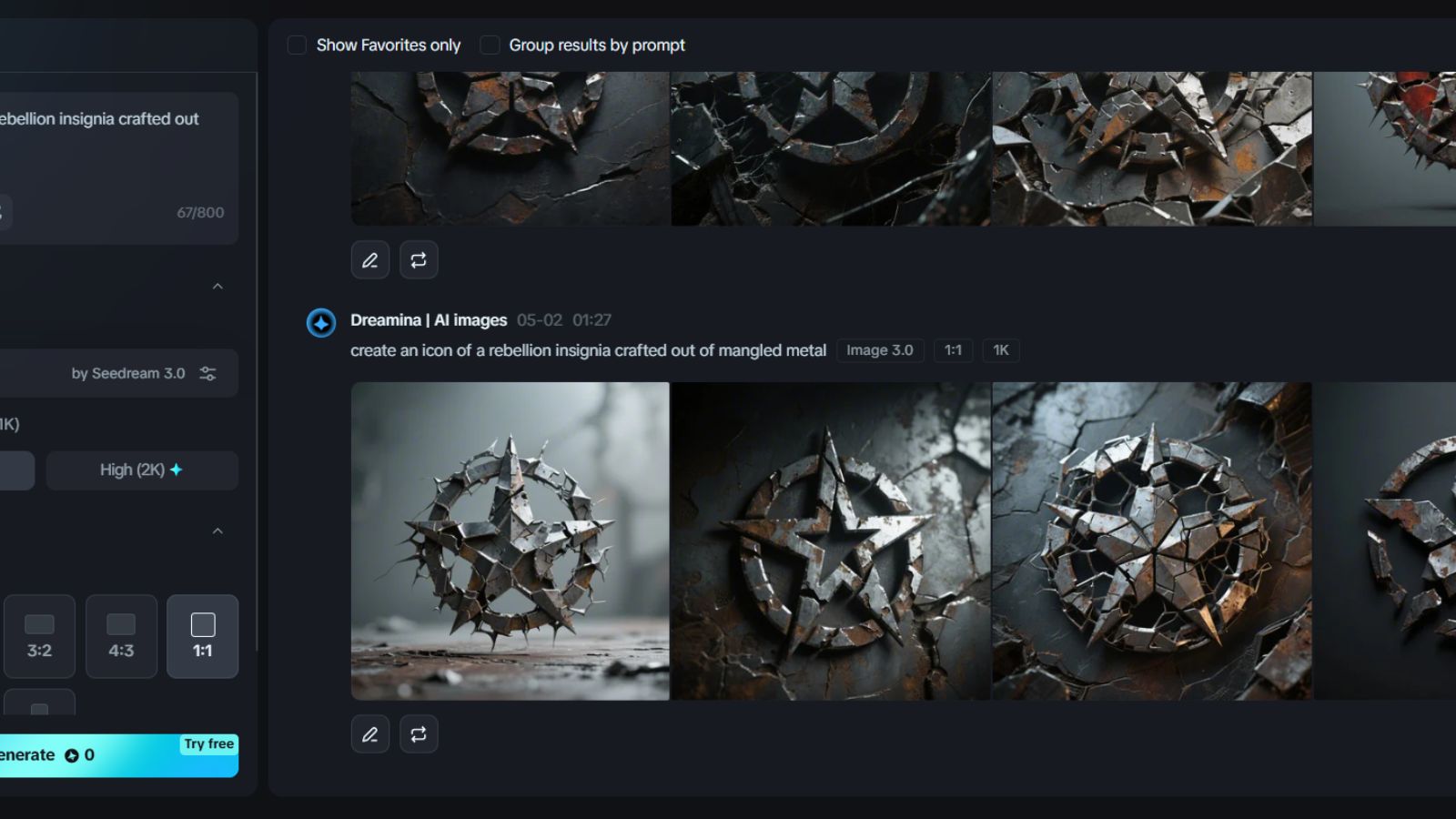
The New Ruins: Rethinking Architecture
Apocalypse style forces us to consider fresh pairings between form and vacuum.
-
Overturned indulgence: A partially toppled five-star hotel now featuring greenery and candle-lit living rooms with squatters.
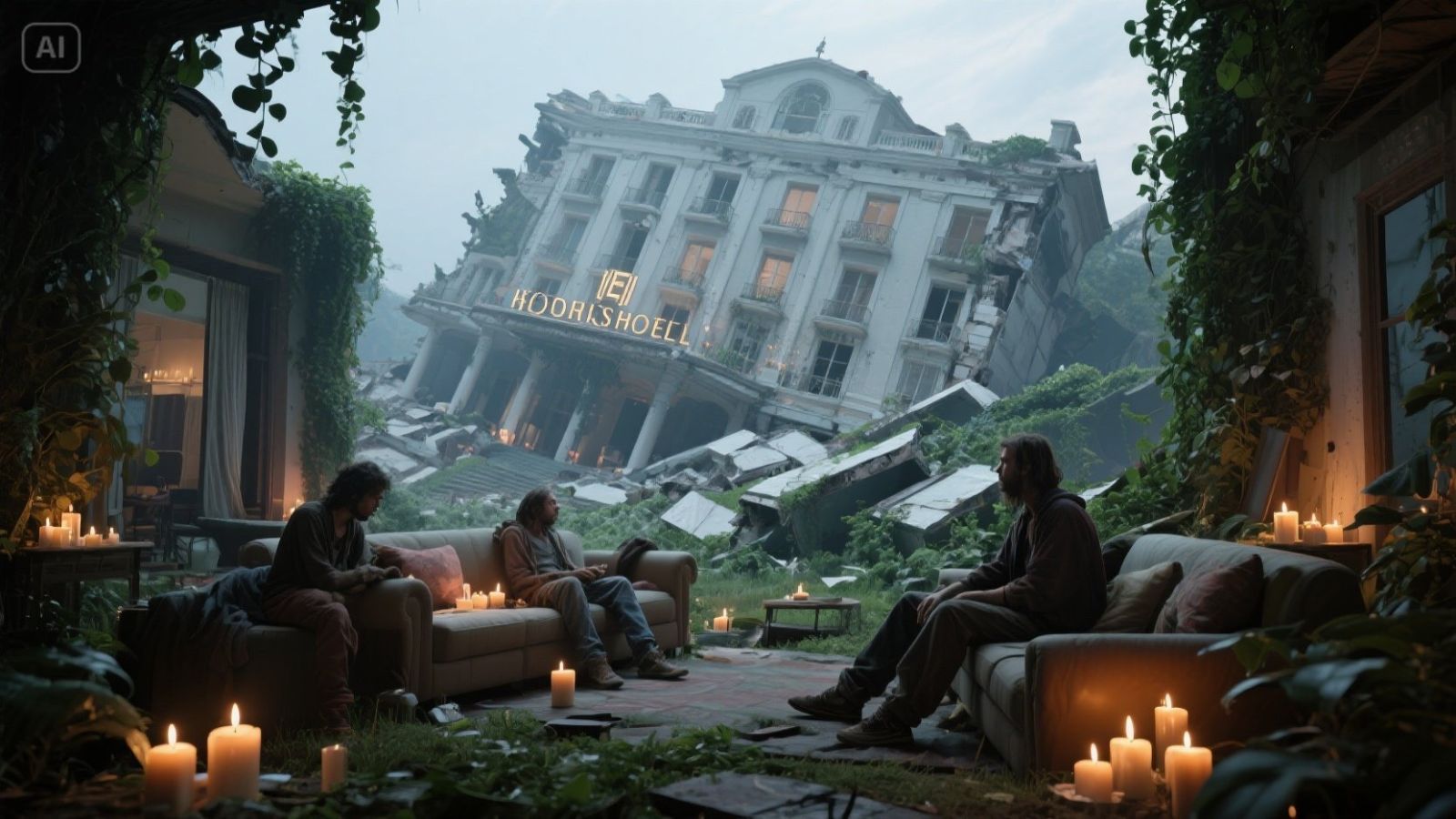
-
Submerged shopping malls: Mall space under the water, with mannequins forever posing behind their algae-covered glass.
-
Junkyard saints: Scrape yards transformed into temples made up of junk that’s melted-down from technology and tools.
These “new ruins” are creepy but beautiful. The sacred and the scavenged become indistinguishable, adding layers of mood and mystery to your world.
Messages from What Remains
One of the strongest visual elements in post-apocalyptic design? Signs. Tags. Warnings. Trappings of what was lost.
-
Graffiti prayers: Messages etched into shelter walls—”STILL HERE” or “THE SKY LIED”—as pieces of surviving culture.
-
Broken branding: A deteriorated soda logo half-visible on a smashed vending machine. A gas station sign with letters missing flashing “GHOST.”
-
Digital fossils: Old QR codes, broken websites carved onto rusty billboards, ghost-apps still operating on flickering screens.
These artifacts bring storytelling into your images. They allow your moodboard to speak. And they’re ideal for remixing into tiny images with Dreamina’s sticker maker—picture collectible stickers of glitched brand marks, scavenger icons, or rebellion badges from extinct civilizations.
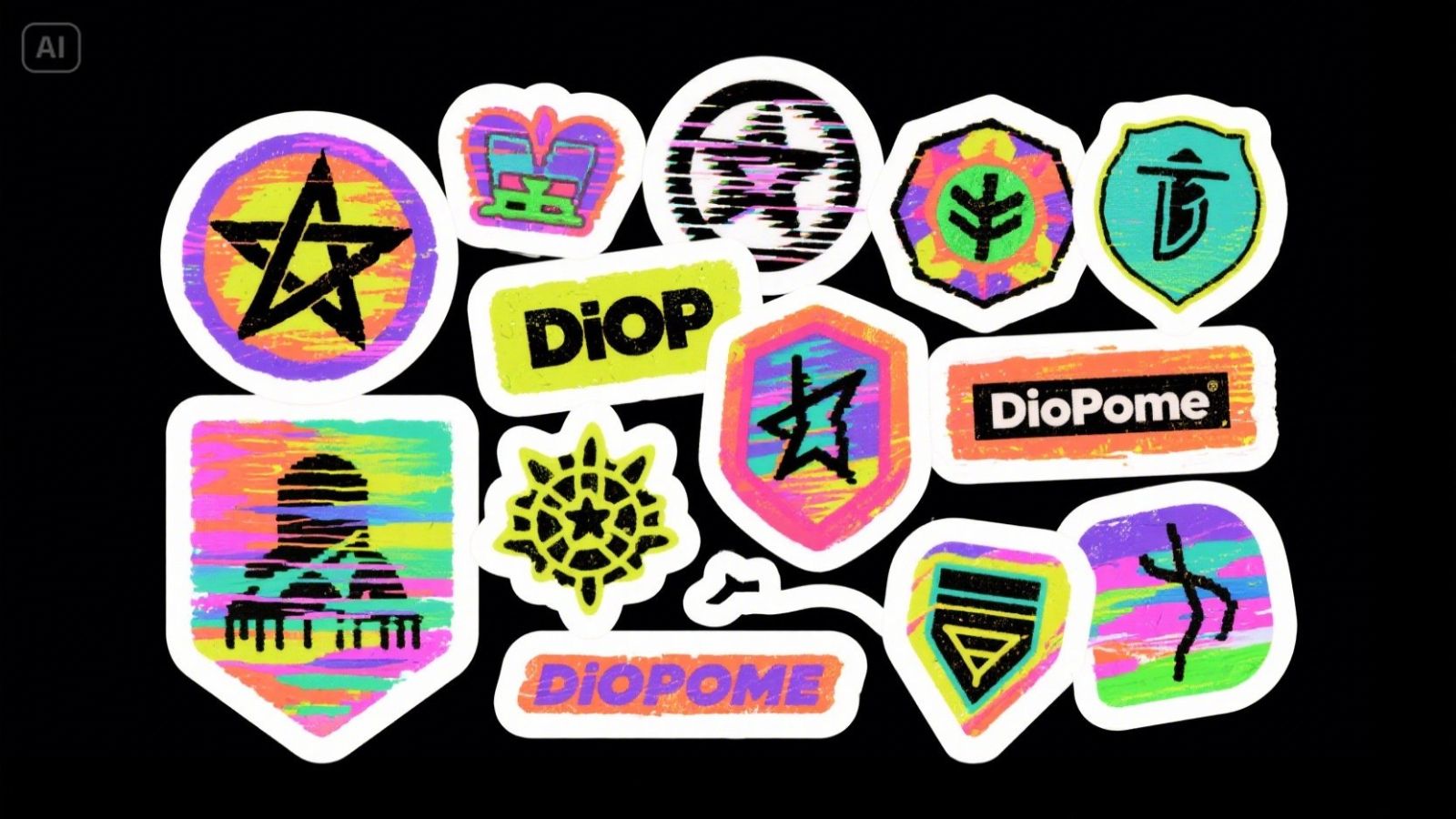
Creatures in the Fog
An apocalypse isn’t complete without something lurking in the mist. Creatures in devastated worlds are either survivors… or evolved from what didn’t.
-
Rad-foxes and glass-crows: Familiar creatures distorted by radiation or biotech escape, with crystalline wings or shiny fur.
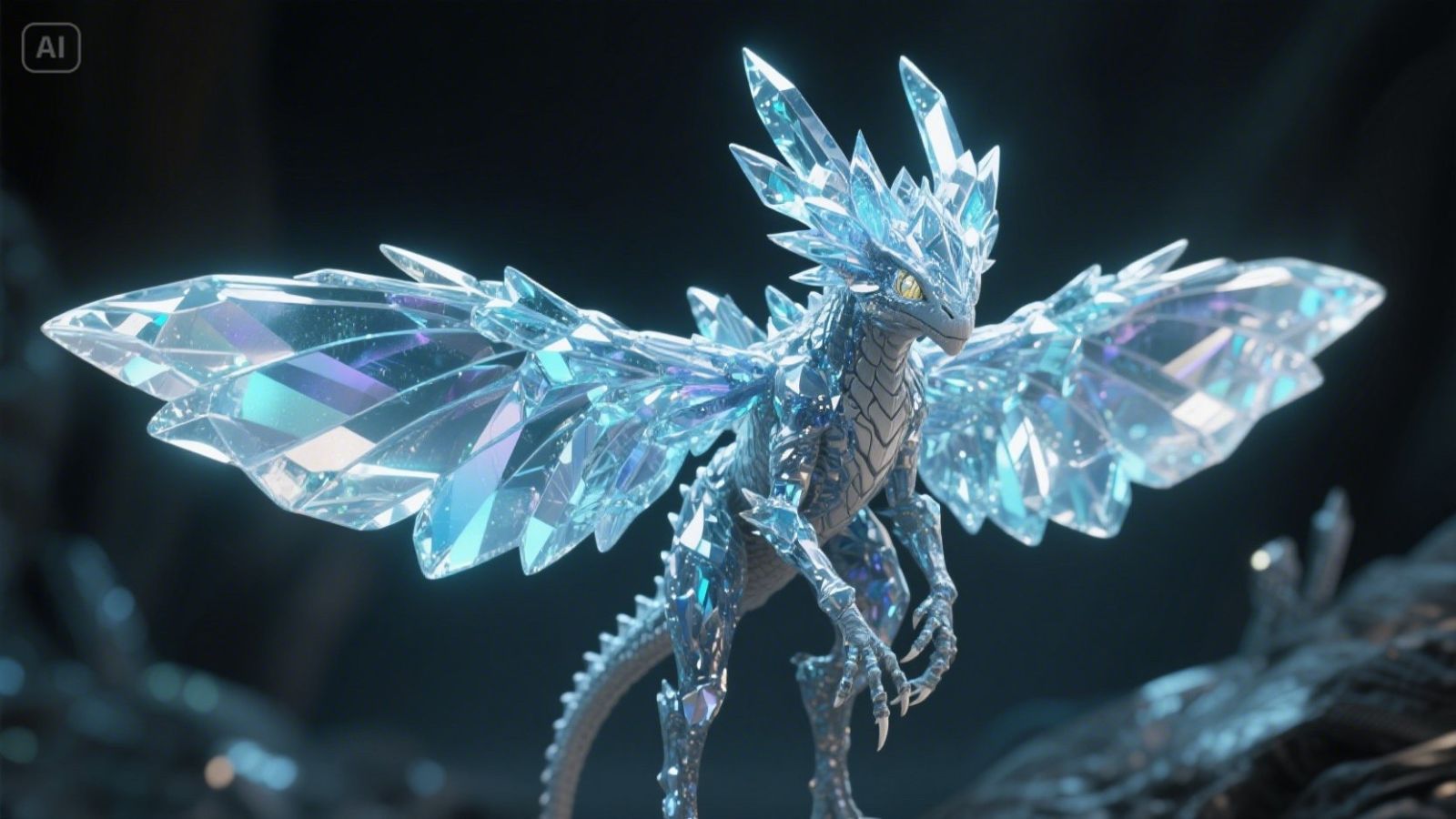
-
Urban cryptids: Dark forms flitting through subways. Half-machine deer. Dust children.
-
Junkyard sentinels: Autonomously running AI robots that were once instructed but now construct spires of trash, venerating backup batteries as idols.
These creatures are creepy and beautiful. Adding them to your AI moodboards injects tension, interest, and a hint of narrative horror.
Apocalypse Isn’t the End—It’s a Genre
Post-world worlds are more than rubble. They’re an opportunity to take a step back, dream, and blueprint new kinds of life, expression, and space.
A world in pieces may still be beautiful—particularly when rendered with the accuracy and weirdness of AI software. With Dreamina’s image generator, you can draw these scenes out of your head and onto your eyes. Regardless of whether you’re constructing game visuals, zine moodboards, or comic or fashion collection concepts, the post-apocalypse has endless creative ground.
Dreamina assists in utilizing a logo maker to label your survivor groups or underground radio stations. Use Dreamina’s sticker creator to convert bizarre symbols and salvaged artwork into collectibles, digital props, or merch ideas.
Because in the imagined apocalypse, survival is art—and destruction is just another term for canvas.
